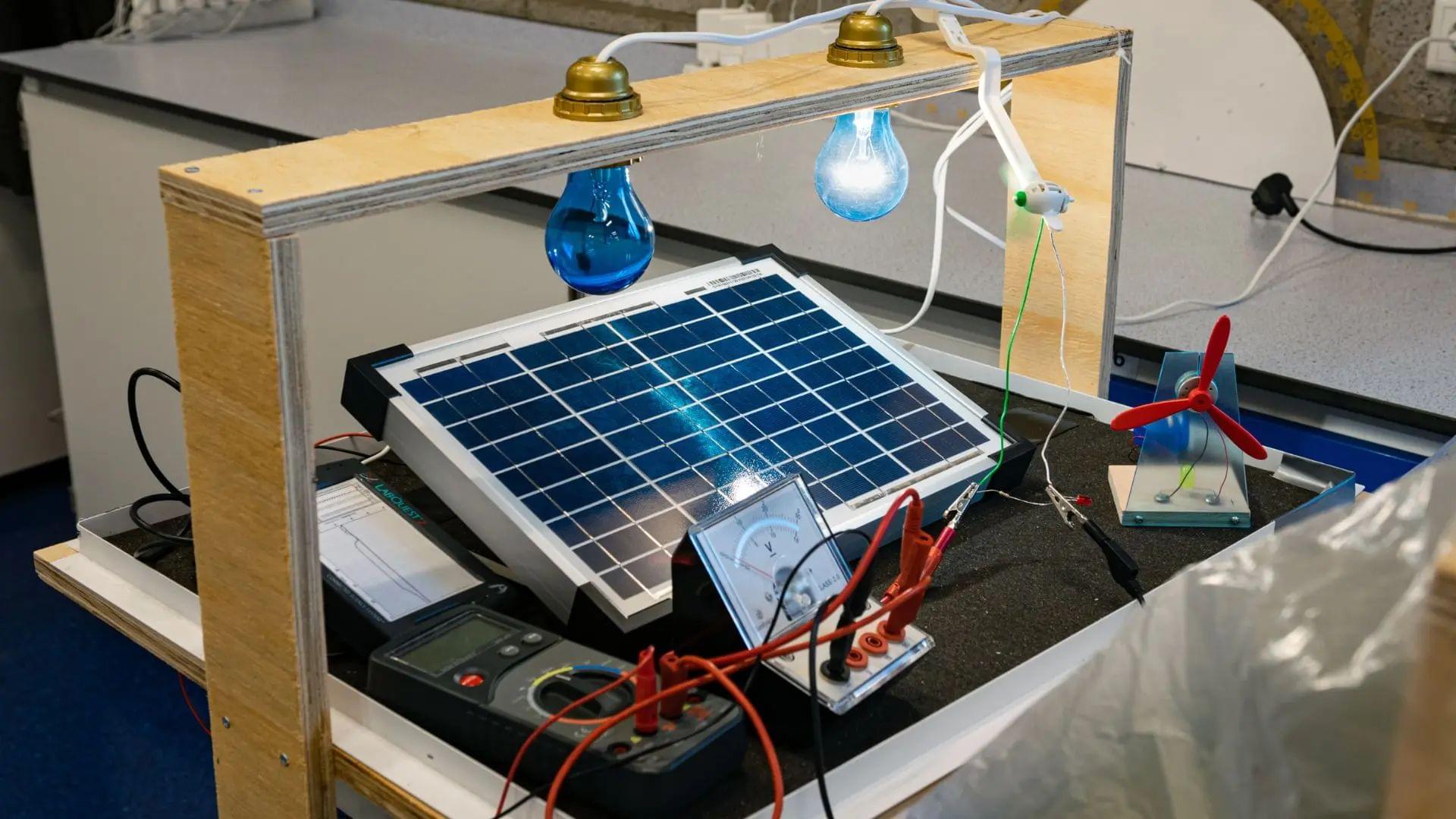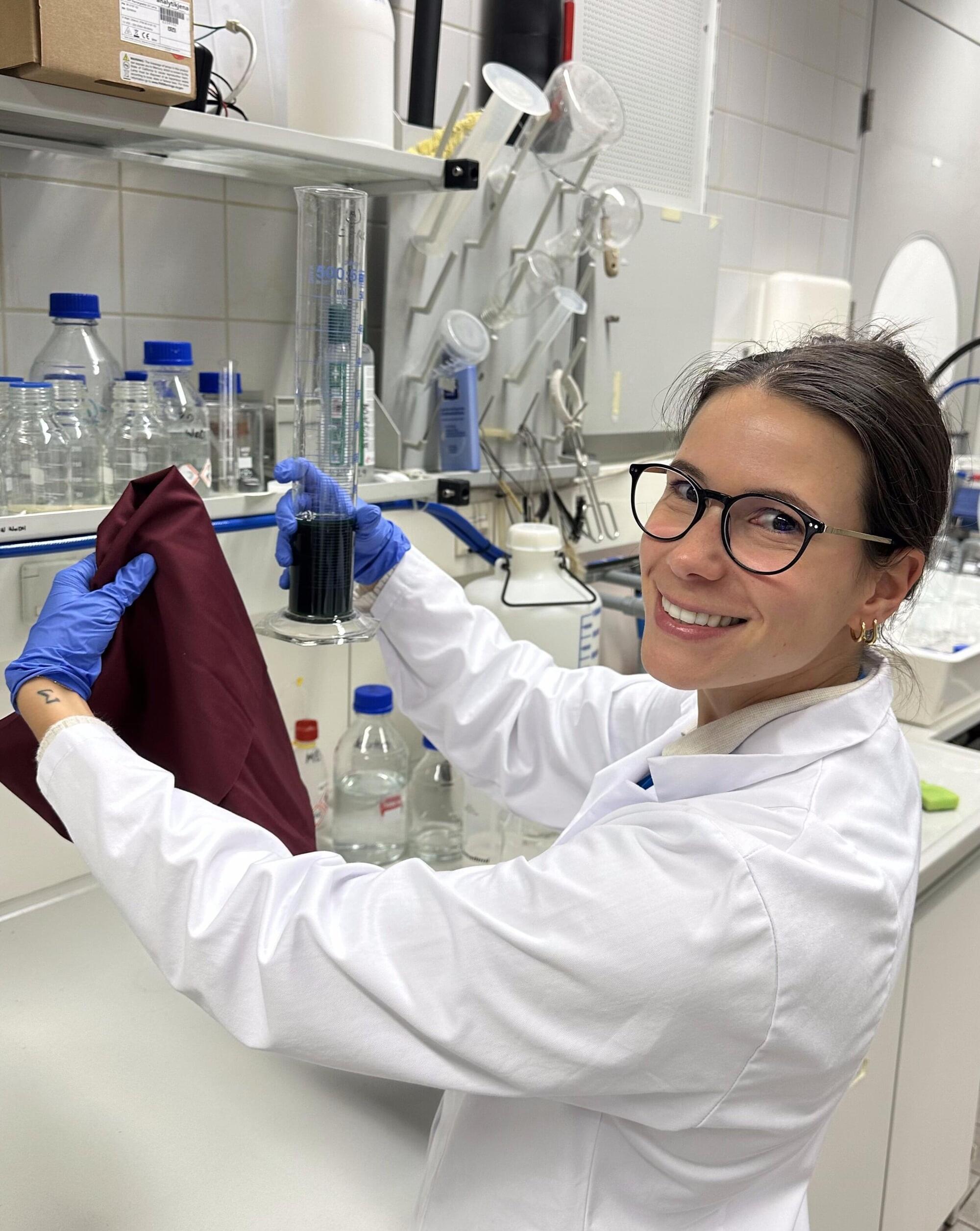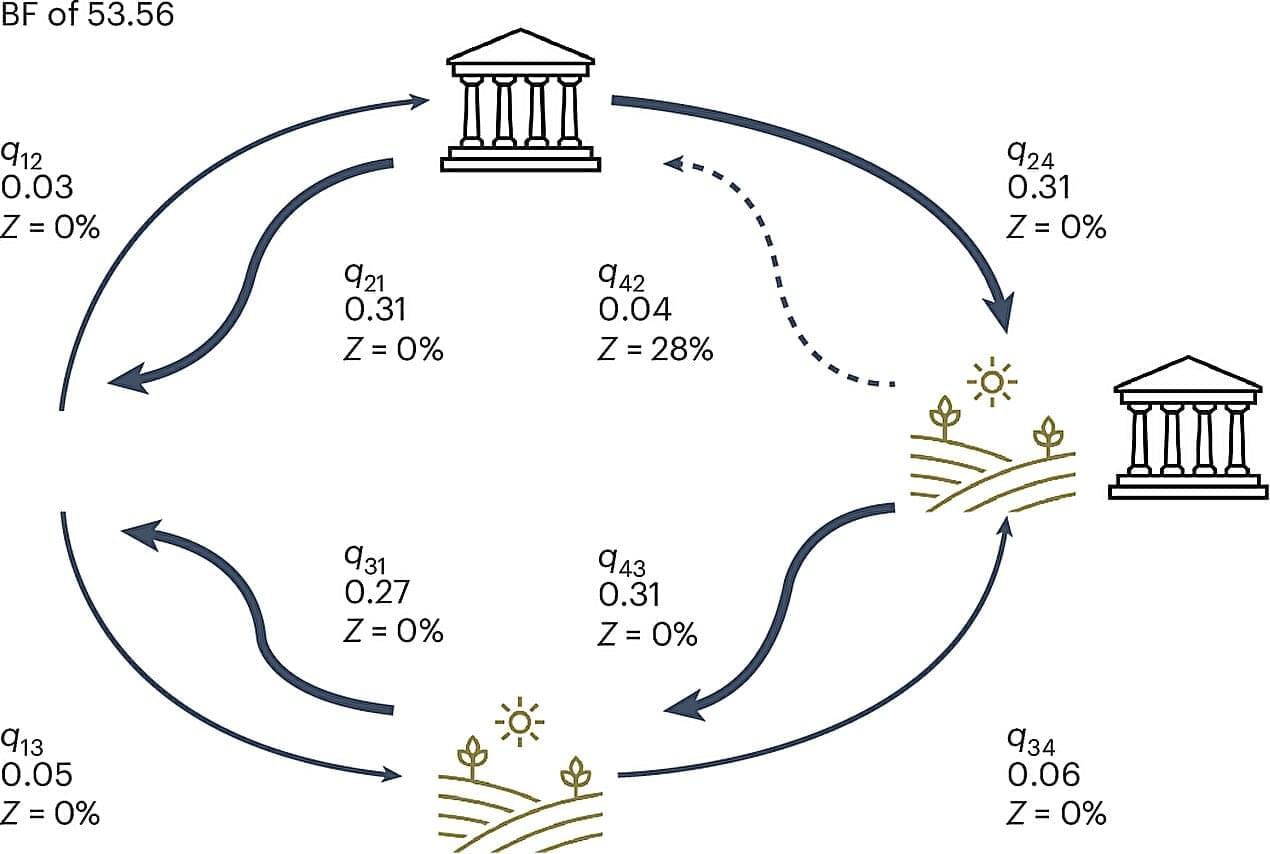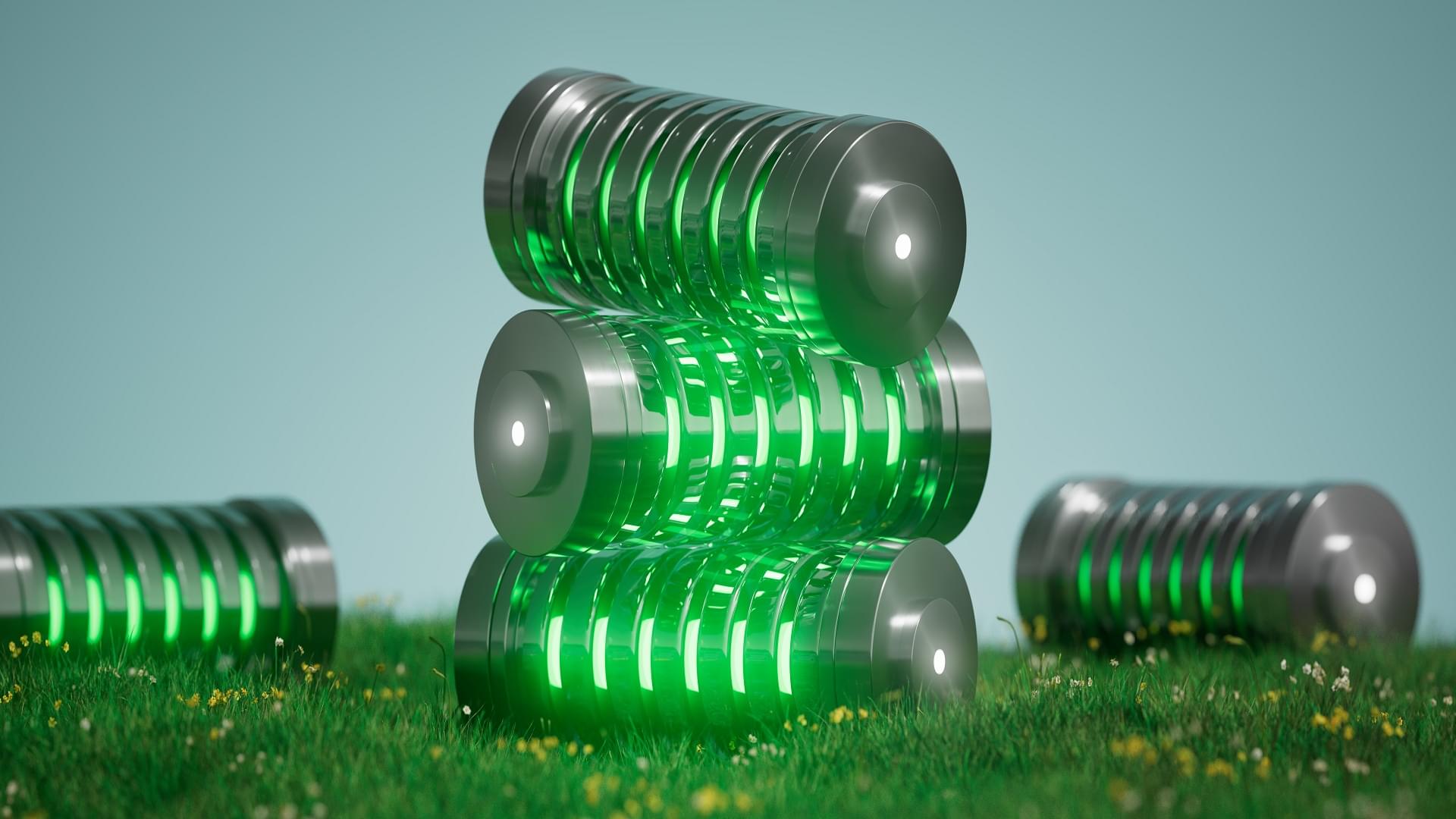• Context and Explanation — Elon Musk was once asked a wild question: could Tesla ever build an aquatic car?
He admitted that a submarine car” is technically possible — but the market for such vehicle would be tiny. The idea might excite enthusiasts, but practicality and scale matter more than novelty.
This response captures Musk’s core philosophy: just because something is technically possible doesn’t mean it’s worth building. True innovation isn’t about chasing every wild idea — it’s about focusing on what can scale, solve real problems, and reshape entire industries.
• template — elon musk interview.
• Hashtags — #wealthmindset #billionaire #successmindset #millionairevibes #motivation #shortsfeed







